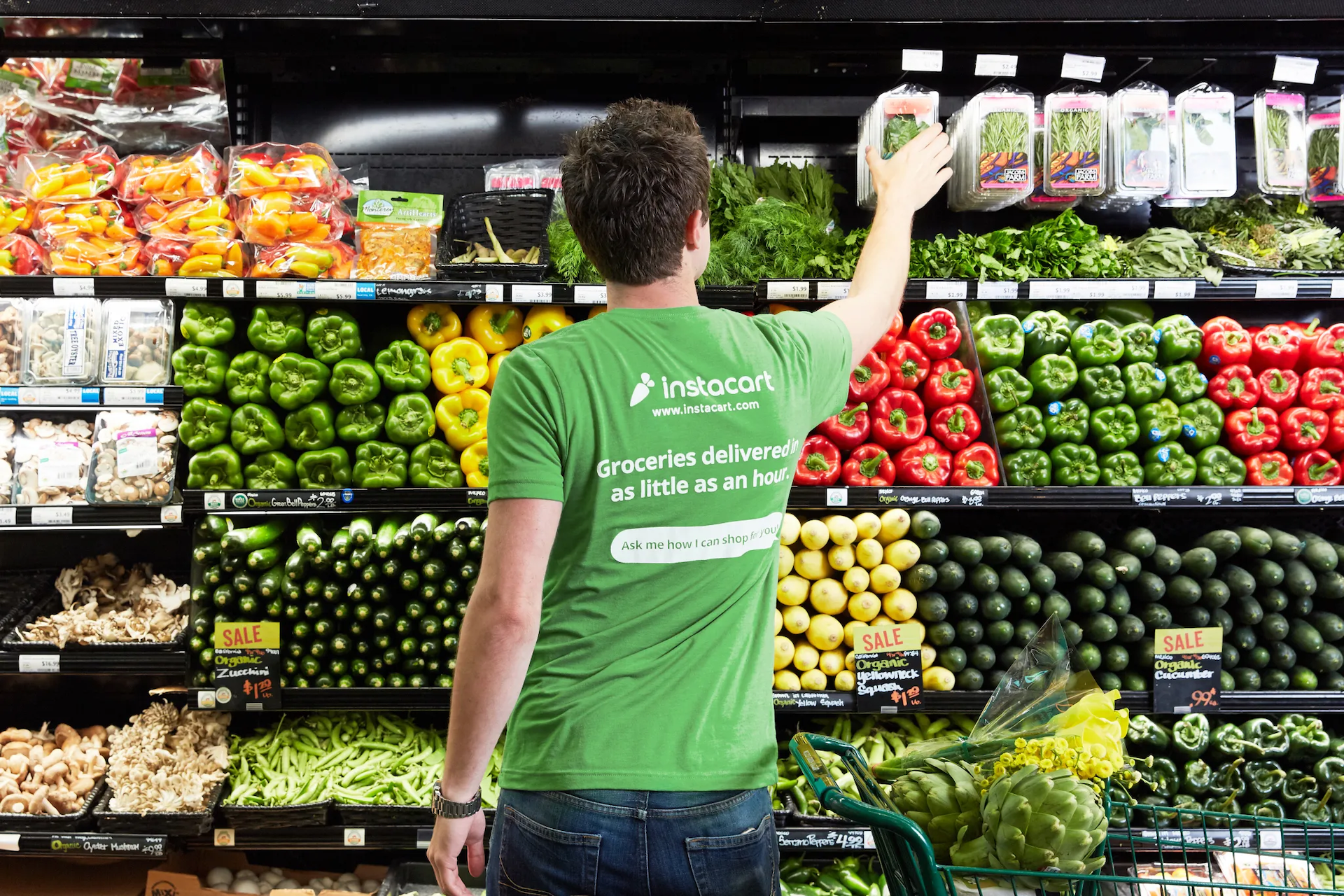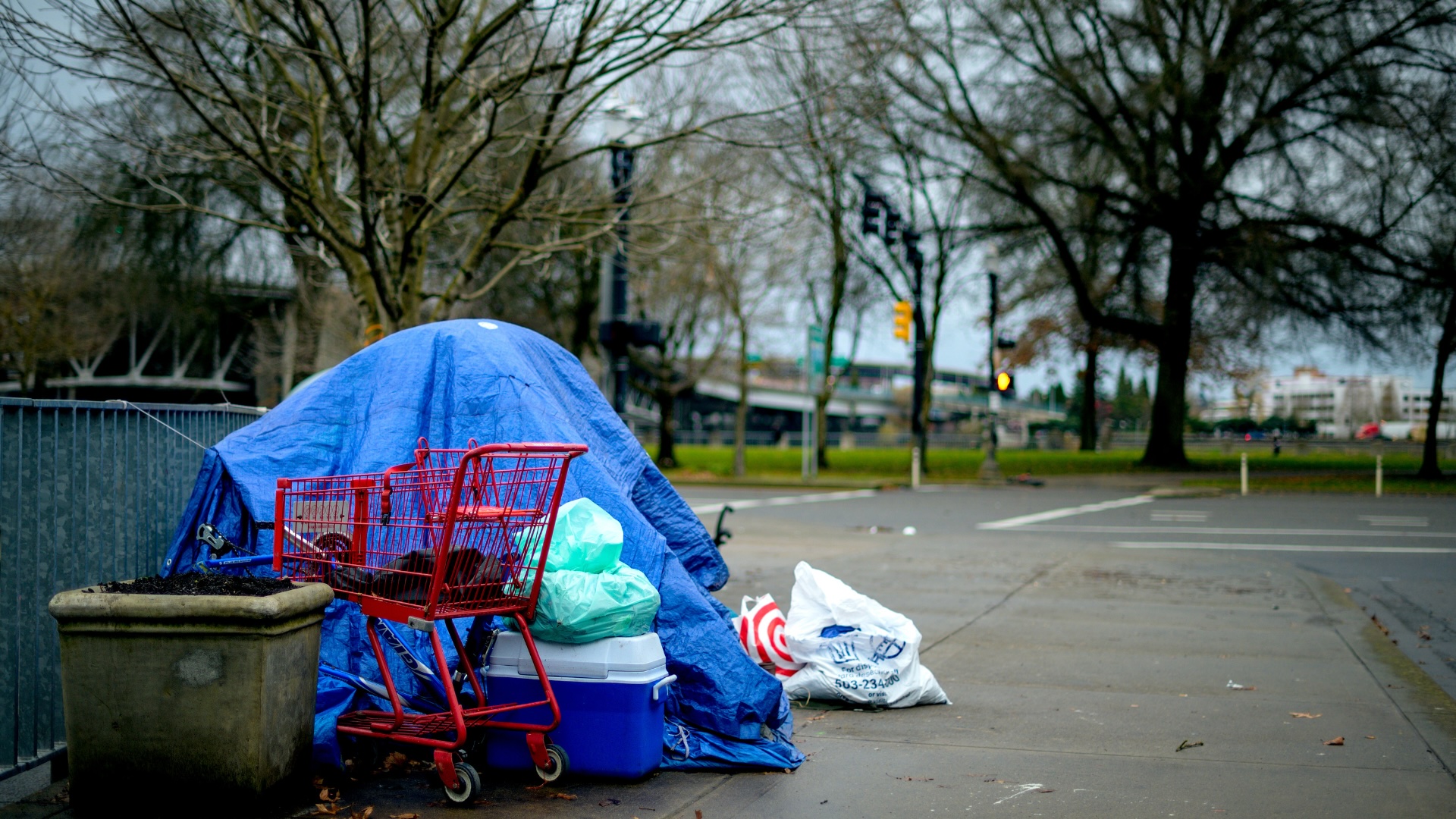Mega-drought! Don’t water your lawn before this date! Slow the flow! Pray for moisture!
If you’ve lived in Utah for any significant amount of time, then you’ve probably heard all these phrases. The fact of the matter is Utah has a semi-arid climate with a fair amount of desert regions. Utah will likely never have abundant sources of water anytime soon. But how does this affect our public policy around water?
Just earlier this month, a bill that could have changed the way we use water for the better was watered down (pun intended) into a study/reporting bill. Similar study bills have been passed before, the most recent of which was passed in 2019.
As you can imagine, little has come from it. Just like little came of the legislative audit from 2015 or the Utah Foundation report from 2002. Which might lead one to ask, what’s the problem?
Like all public policy, inertia causes the average issue to flow via the path of least resistance, just like water itself. Tradition, fear, and current incentives drive a lot of the debate.
The specific issue at hand was the use of property taxes to pay for water in Utah. Most homeowners have little idea how much they pay out of their property taxes to subsidize water infrastructure and their own use. If we want to better use and conserve our water, then people need to better understand their own usage by paying the full cost for water.
The principle is simple: The more you subsidize something, the more it will be used. The more we subsidize water use, the more water use we will get. That’s why most water districts in the West don’t use property taxes to pay for water.
The problem is that many water districts in Utah simply do not want to change how they’ve operated for many years. And that’s understandable. The current system works for them, so why “fix” it? And when legislators like Sen. McCay propose legislation to change that system, it inevitably becomes a study because passing real policy change is too difficult, despite the best efforts of previous sponsors.
In the end, the system is not working, and we are headed in a direction that will put us head-to-head with other larger states who have competing needs for water. We continue to grow water-intensive crops like alfalfa, we require far too many people to keep grass lawns, we aren’t monitoring leakages as well as we should, we are years away from metering most connections, and the wrong incentive structure is set up for certain businesses and many individuals.
Until we create a real market for water, you will continue to hear the phrases I outlined above, and hardly any progress will be made to actually address the problem.





